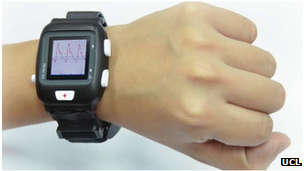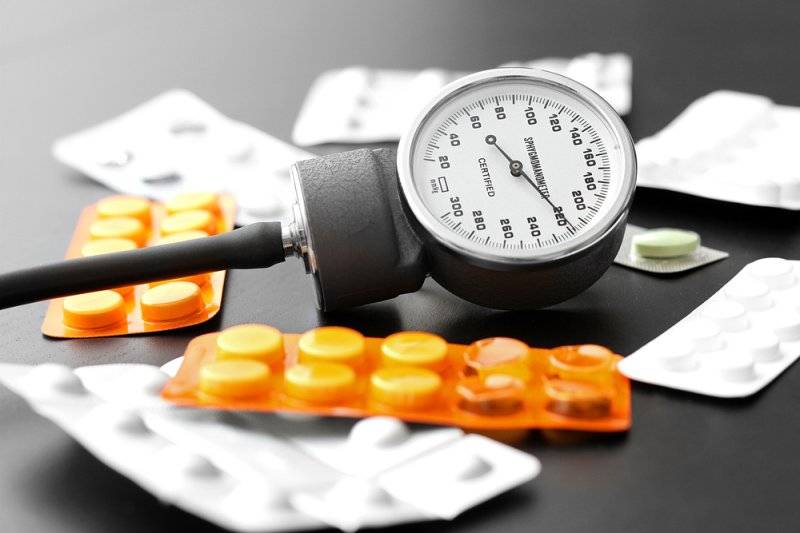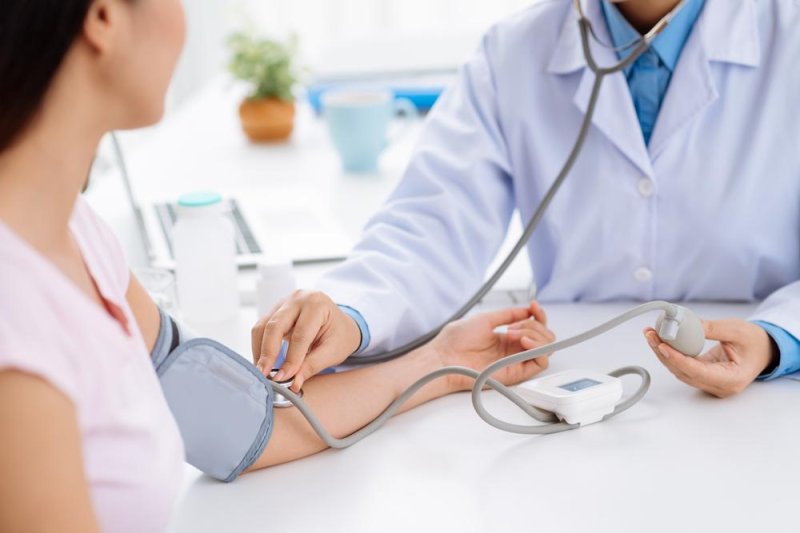Revere
Rookie
- Banned
- #1
Is that too much?
Treatment zaps high blood pressure at the source - Yahoo! News
Treatment zaps high blood pressure at the source - Yahoo! News
CHICAGO (Reuters) A device that destroys nerves leading to the kidney safely lowered blood pressure in people with treatment-resistant hypertension, potentially offering a new option for millions of people who struggle to keep their disease in check, researchers said on Wednesday.
The device, made by privately held Ardian Inc of Mountain View, California, lowered the top blood pressure reading by an average of 32 points after six months, compared with no change in patients who took the best available medicines.
The treatment is already approved for use in Europe, and Ardian Chief Executive Andrew Cleeland said the company is in talks with the Food and Drug Administration to structure a late-stage U.S. trial, which could start next year.
Cleeland said the procedure costs 10,000 euros, or about $13,500.









